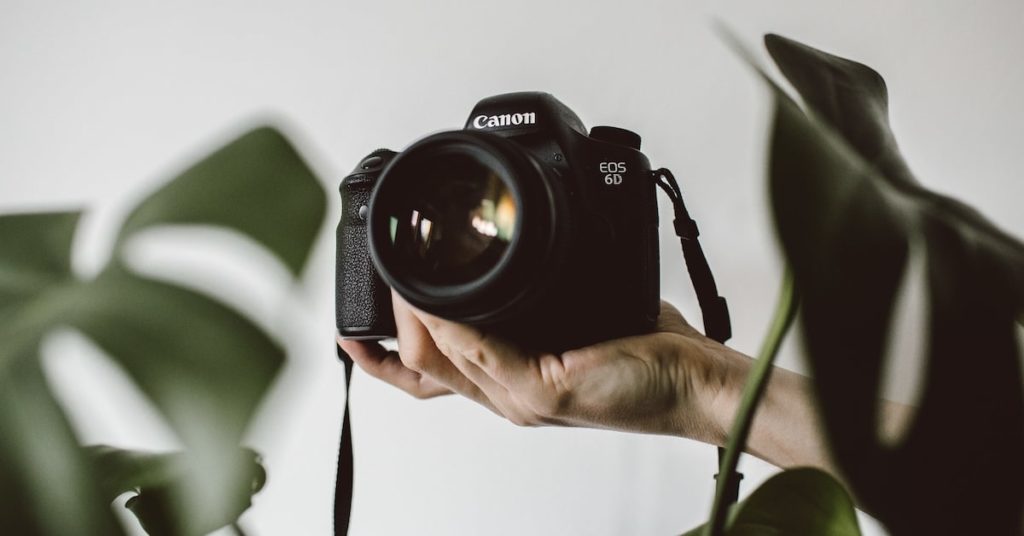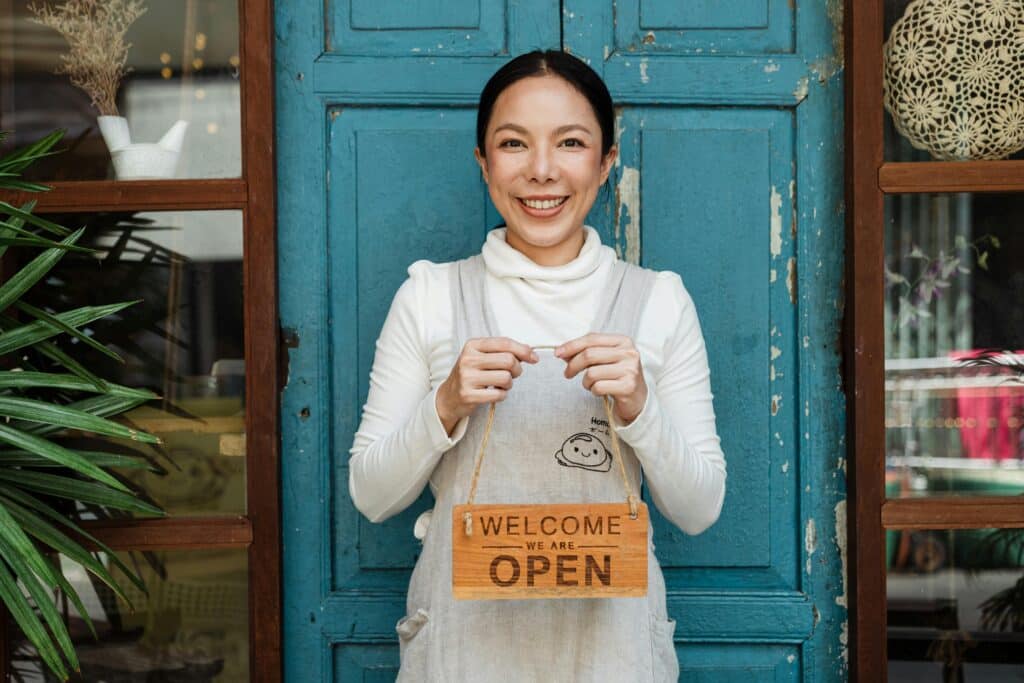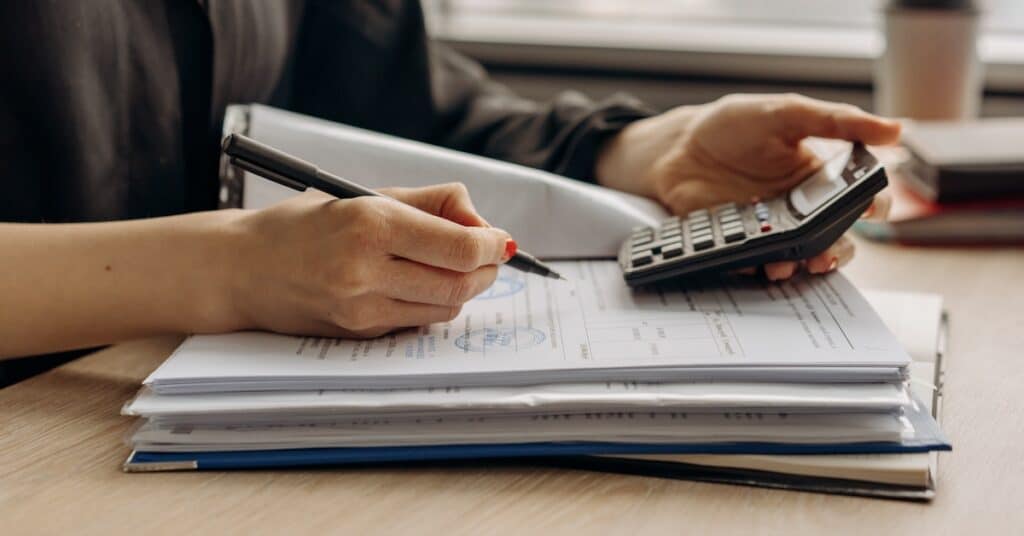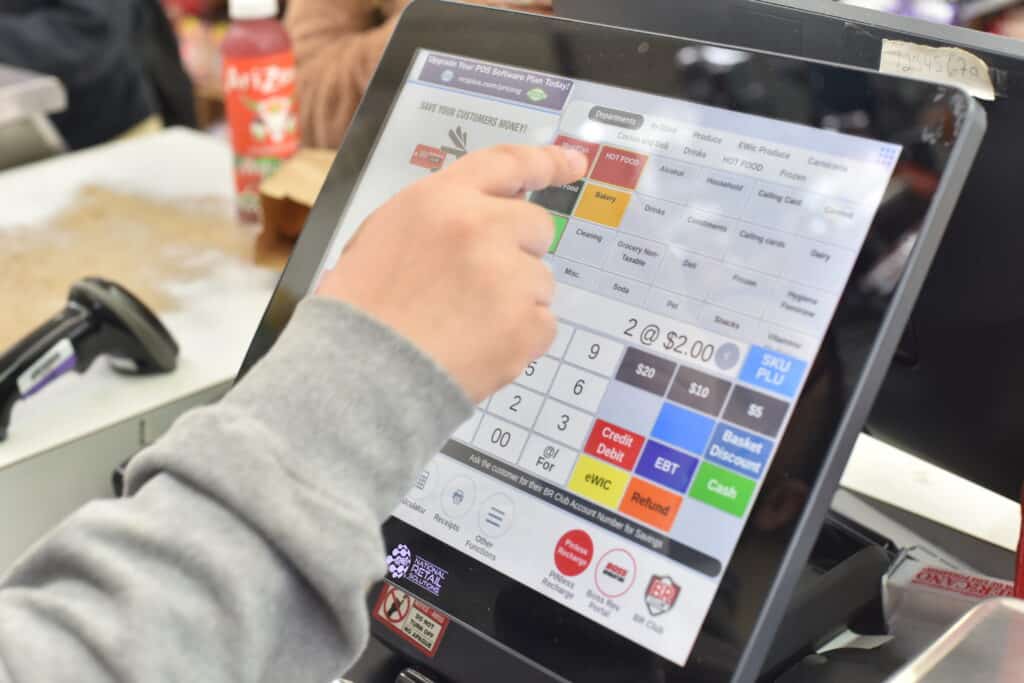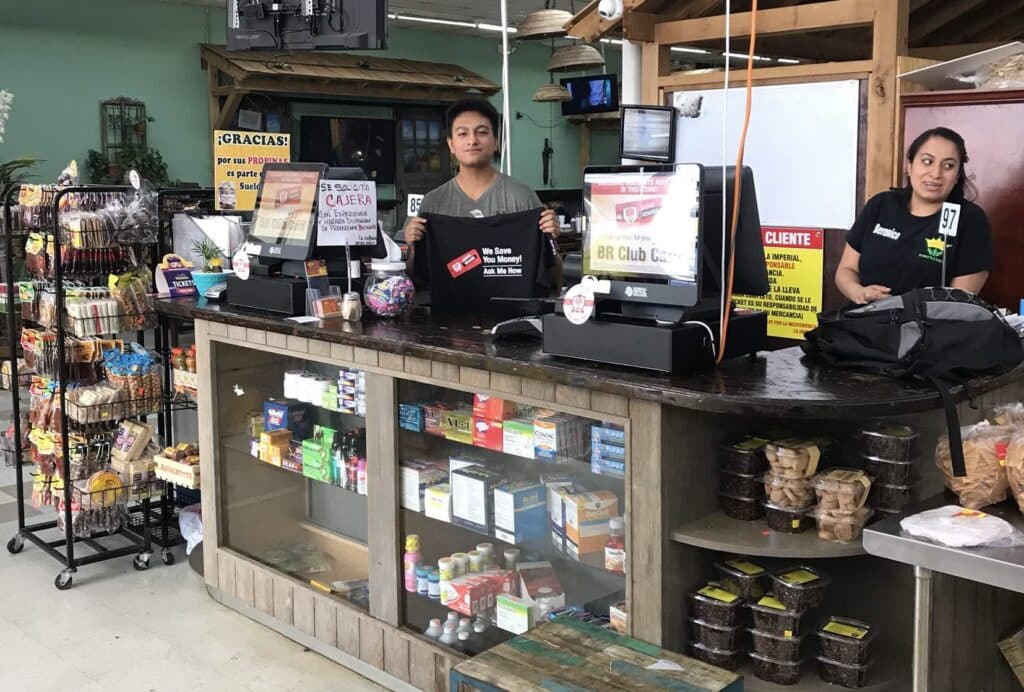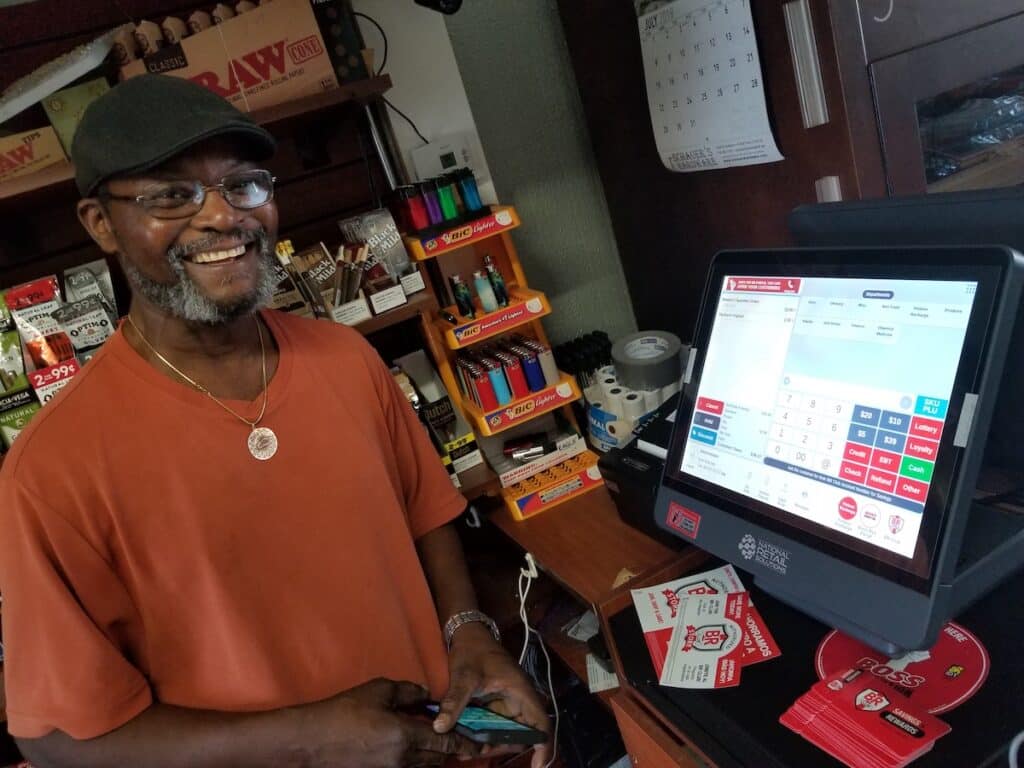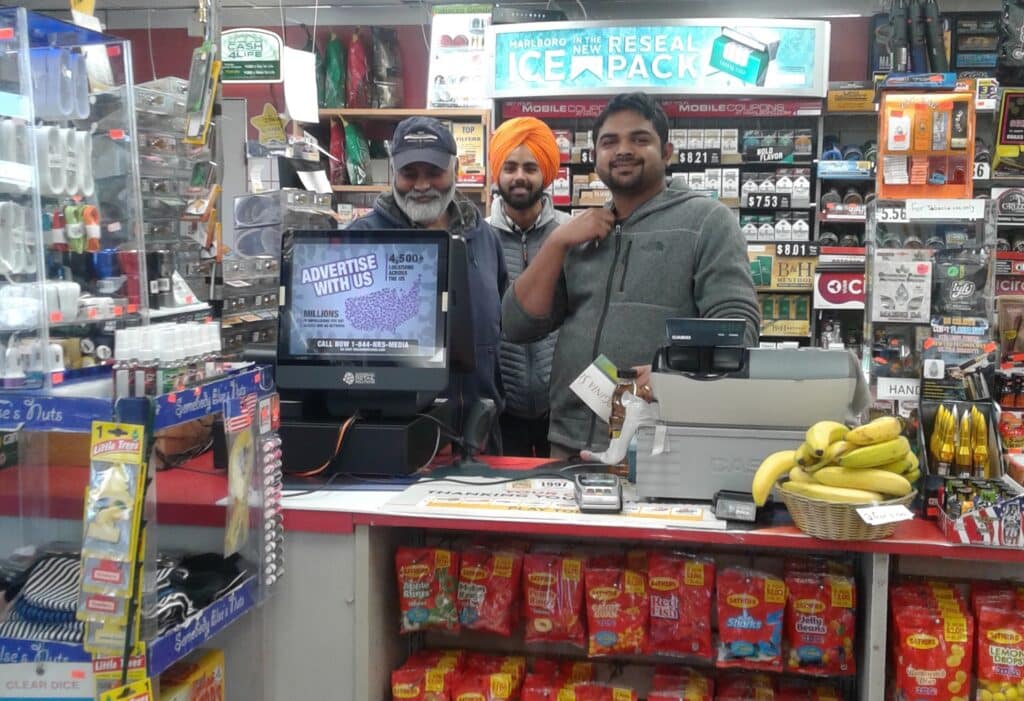Online shopping has grown in popularity in recent years, so it is critical to ensure that your store has all of the necessary elements to provide a
good shopping experience for customers. The website should list the store’s products online with high-quality images. This entails having an idea of how you want to present your product in the photograph, what kind of lighting is required, and the various angles that capture your product to make it visually appealing. Think outside the box regarding how you want to present your goods to make them more enticing. You must think about how to stage the item, what angles to use, and how to present them in the best possible light while putting them on display. This may appear daunting, but you do not need to be a photography expert to do a great job. Here is a guide to help you get started on what is required to get your Ecommerce website the best pictures possible:
Importance of Good Product Photography
In addition to attracting customers to your merchandise, there are more benefits to good product photography. The more accurate your photograph is, the fewer refunds or exchanges you will receive from disgruntled, possibly soon-to-be former customers. These consumers may feel like they’ve been duped because the item they received looks significantly different from the photo. Take apparel, for instance. This could apply to the color and texture of clothing, the item not fitting, and graphics on shirts that are smaller or larger than they appear on your site. To prevent this from happening, the store owner should take certain shots of the product to make it less deceiving for consumers. For example, if you are selling a sweater, you should take close-up photos of the sweater to show the detail and material. You should also photograph the sweater’s collar, sleeve, front, and back. You may need to take close-up and portrait photos to show how it looks up close and from a regular angle. That way, the consumer can see the product in greater detail.
Unique Ideas for Product Photography
If you want to be more creative with your photography, try experimenting with colors, angles, backdrops, and how you present the item. You may need to brainstorm ideas about the item before taking pictures. For example, suppose you sell perfume with tropical scents. In that case, you can tie the aesthetic to the image by incorporating a tropical backdrop with palm leaves or items that complement the product. It is also best to analyze the colors on the product: what colors are on the item? How can I incorporate those colors into the picture? What colors compliment the item? If the perfume bottle is yellow, research the best colors that make the color yellow stand out more. Some artists like to use bold colors such as orange, pink, and blue, which are also summer colors. You can also research the color theory and color psychology to get more of an idea of how you can use colors in your photography. The more imagination you use, the more memorable the image will be among your customers. Finally, when you’re ready to take a picture of your item, think about which angle will capture the item in the best light. There are many angles to choose from and many different light hues that can add a spark to the picture. However, it is critical to pay close attention to how you use them in conjunction with your merchandise. Working with the wrong colors and light can draw attention away from your item and make it less marketable because it is more difficult to see the color of your item.
Product Photography Set-Up
This leads to the creation of a product photography setup. It is critical to properly position your camera and products to achieve the desired light, colors, and angle you need for this picture. As previously stated, there are numerous ways to experiment with colors and angles. Even if you don’t get the exact angle you were hoping for, you can always try something new. It is important to remember that sometimes achieving the image you want for a product is difficult. If you find this combination of colors, angle, and light isn’t working, try another. There is no wrong or right way to go about this. However, keep in mind that you always want your customers to be able to see the product clearly.
Lighting
Lighting quality can make a difference in an Ecommerce small business’ profit margin. First, you’ll want to use more than one lighting style—experiment with several reflective shades, sometimes more than a single shade at once. For instance, front lighting makes for fewer shadows, while side lighting will create more shadows. The goal is to be as accurate as the true color of your product and make it pop on the page. Texture, the visual depiction of variations in the color, shape, and depth of an object’s surface, is also vital to Ecommerce product photography.
Staging/Landscape
Staging for your product photography shoot can take longer than actually taking the photos, and there’s nothing wrong with that. Deciding where to place items and creating an appropriate and eye-catching landscape is critical to successful photography. You need to consider hiring models to wear the apparel you’re advertising. Use only a certain amount of items and avoid clutter that draws attention away from what you’re selling. For example, if your model is wearing a necklace, you may want to only focus on the top part of the model. Items that complement the necklace could be clothes such as a sweater, dress, or the makeup the model is wearing to make the jewelry standout. If you focus on all the other features of the model that do not have to do with the necklace it may make the consumer confused about what you’re trying to sell. When models are used to convey what the product is all about, the picture becomes more complete. Models make the image more interactive, give a human touch, and provide examples of how shoppers can use your merchandise. They also convey positive, exciting emotions to the viewer. All of these factors will increase the likelihood that a customer purchases the item on their screen. Plus, these pictures will be great for your social media platforms.
Angles
Take photos of your product from as many angles as possible. The angles of your pictures for Ecommerce businesses are vital to spotlighting various appealing aspects of your product. You can also use several angles when you post your photos, as each spotlights different nuances that can help shoppers decide to buy your product. Angles include close up, the front and back angle, the profile angle, 45 degrees, macro shot, and the top shot. To learn more about how you can achieve each of these shots don’t be afraid to check out YouTube or ask a photographer to help you out. Ecommerce photography needn’t be a headache. Make it a fun project where creativity, experimentation, and hard work produce great photos to help drive business and increase profits.
